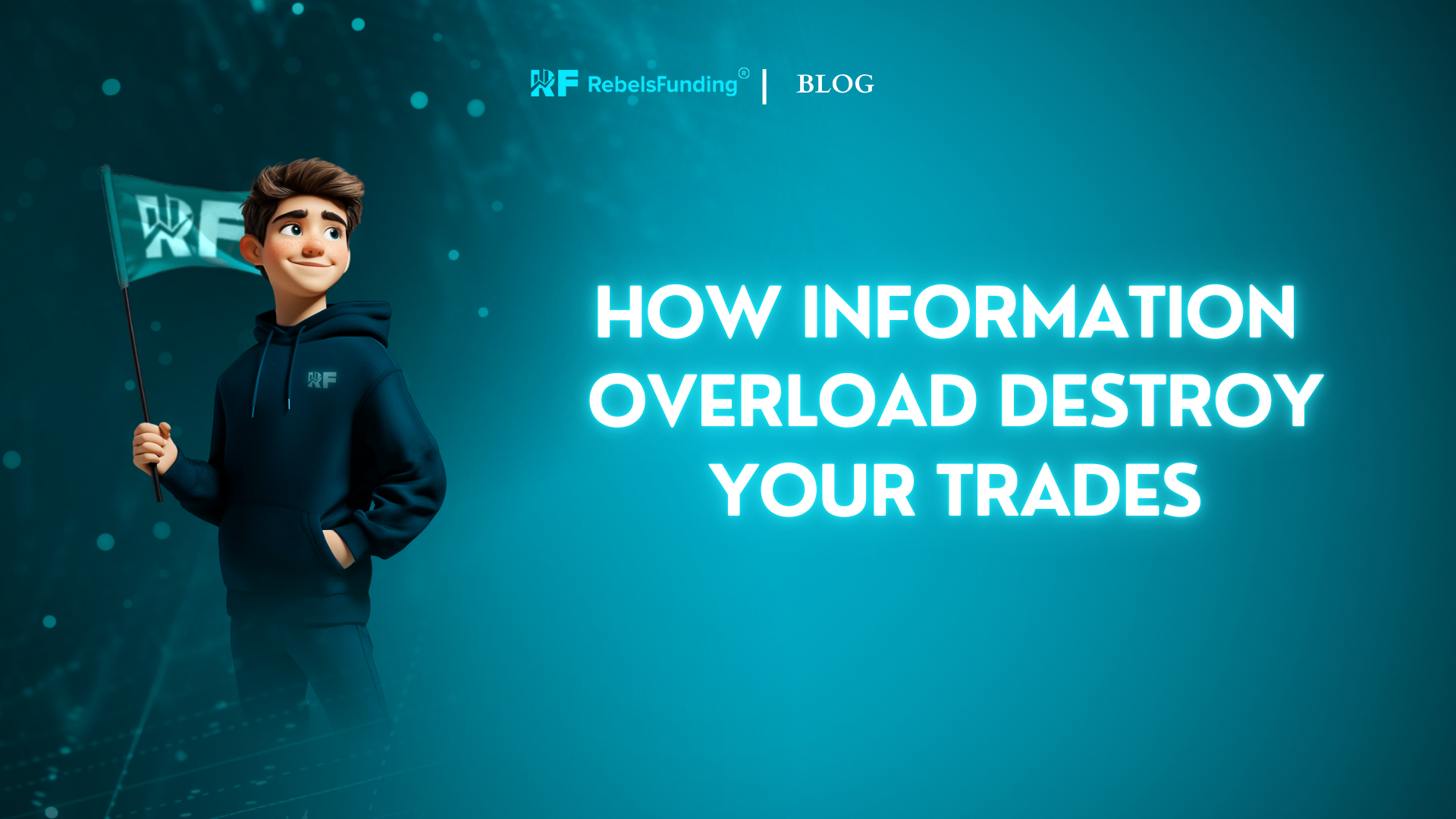How to use Commitment of Traders (COT) for Forex

COT is a statistical publication made every Friday at 3:30pm EST by the Commodity Futures Trading Commission in the US.
Regarded as a sentiment indicator, it shows a picture of traders’ positions as of the preceding Tuesday. All open positions are revealed in a categorised format.
The aim is to enhance market transparency and potentially prevent price manipulation.
Interestingly, (although this periodical is primarily for futures), it can also be used for forex pair trading, metals, commodities, etc.
Why? The reason is, all these markets are interconnected and correlated.
What information is included in the CoT report?
A. Open interest: You can find the overall amount of outstanding contracts for a particular contract.
B. Long positions: The number of contracts held by traders who expect the price of the market to go bullish can also be seen.
C. Short holdings: Quantity of contracts possessed by investors who anticipate the price of the underlying asset to fall.
D. Trader categories:
I. Commercials: These are the most important players in the markets. They are entities that engage in the production or processing of physical commodities.
They hedge their price risk using their contracts.
II. Non-commercials: Money managers, trading firms and hedge funds belong here. They speculate on price movements in the futures market for profit.
III. Small Speculators: These are private investors and retail traders. Traders with relatively small positions. These ones don’t account their positions to the agency.
How to use it in forex
1. Observe commercial hedger positions: When commercial hedgers significantly increase their short positions (in a currency), it could suggest they anticipate a price decline. Also, a substantial increase in long positions may signal an upcoming price rise.
2. Monitor Non-Commercials (the large speculators): A noticeable increase in long positions here could indicate a bullish sentiment.
3. Confirm trend strength: If both commercial and non commercial traders are long in an uptrend, it can increase your confidence in the trend.
4. Pay attention to differences: Look for contrasts between commercial & non-commercial trader positions. If commercials are short and non-commercials are long, it could signal a potential turning point in the market.
5. Correlations: Analyse the document for related commodities or currencies (and predict accordingly).
CoT data does not guarantee price change. For a more accurate view of the market, use it with other technical/fundamental analysis tools.
FAQs
Where can I get a Commitment of Traders report?
You can gain access to the report directly from the CFTC’s official website.
Is the COT data free?
Yes, the data is free, and available to the public.
What is the difference between TTF and cot?
TTF focuses only on the Treasury futures market and its participants. COT on the other hand covers a wide range of markets (currencies, stock indices, etc).



